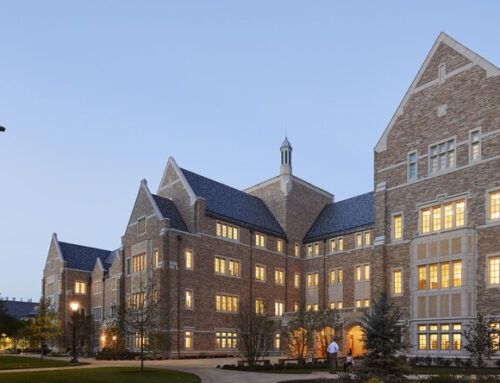Kentucky Bourbon Rickhouses


Advanced infrastructure solutions for historic bourbon-making practices
Frost Engineering & Consulting collaborated with structural engineering researchers at the University of Notre Dame to solve a lingering problem that the bourbon distilling industry faces:
- How do we construct rickhouses more quickly and inexpensively to meet growing demands for bourbon inventory?
- How do we reduce our exposure to growing insurance costs and hazards such as fire and wind-storms?
While rack supported structures have seen widespread acceptance in the general material handling/distribution center industry, the unique challenges of storing 25,000 – 50,000 oak barrels have until now kept them out of long-term spirits storage facilities. In response, the Frost-ND team, working in collaboration with metal racking industry partners, accelerated the optimization of the design, fabrication, and installation of light-gauge steel storage rack products for use in constructing rack-supported barreled spirits rickhouses by experimentally validating the performance of semi-rigid “moment frame” connections to quantify the range of rotational stiffnesses, strengths, and reliabilities of these components. Semi-rigid “moment frame” connections have historically been used in various other materials, such as hot-rolled steel and reinforced concrete, to solve one of the most fundamental challenges of structural framing, which is to provide lateral stability and stiffness while avoiding clashes with access paths, utilities, and architectural features.
Reverse cyclic testing and subsequent statistical reliability analysis was performed in accordance with the standards that govern light-gauge steel rack design and testing, including RMI/ANSI MH16.1 Section 9.6, AISI S100 Commentary Chapter K, and FEMA 460 Appendix A. Historical testing of similar products by others using these standards was largely targeted to seismic performance. However, the Frost-ND team understood that a likely governing condition in Central Kentucky would be the initial unloaded condition of the rickhouses under lateral wind forces when frame connections would be more flexible – and potentially weaker – absent the load of barrels. Therefore, the Frost-ND team modified the test procedures to better represent the unique conditions faced by rickhouse owners in Kentucky.
The Frost-ND team to date has tested approximately 100 samples representing 14 different connection configurations, including some novel connections used to ensure the safety and serviceability of a rack-supported rickhouse. Given their extensive experience in designing novel structures for various industries, the Frost-ND team knew that there is no single test result value that establishes a “conservative” rotational stiffness of semi-rigid frames for design. For these systems, the structural engineer designer needs both upper-bound and lower-bound values of rotational stiffness established by a statistical distribution of results from an adequate number of test samples. The importance of this robust testing program was fourfold:
- To establish statistical reliability to quantify strength reduction factors (part of the overall factor of safety) for moment strengths,
- To establish the lower-bound rotational stiffnesses to determine maximum lateral drift demands for serviceability,
- To establish the upper-bound rotational stiffnesses to determine maximum moment demands for safety, and
- To gauge the consistencies of production, fit-up, and failure mode types for a holistic assessment of robustness and residual capacity for safety and performance.
With a more reliable quantification of system performance, the Frost-ND team was not only able to design safe and serviceable structures for rickhouse owners, but was also able to significantly reduce the number of lateral-load resisting framing members which saved the owners time and cost on the fabrication and construction.






